Understanding Color Grading and Color Correction in Filmmaking
Color correction is vital for achieving visual uniformity, while color grading adds artistic flair to your footage. Together, they elevate the quality of your video projects and storytelling.
If you're diving into the world of filmmaking, grasping the nuances between color grading and color correction is crucial for a polished finish. Let’s unpack these concepts in detail.
What is Color Grading?
Color grading is all about adjusting and enhancing the colors in video footage to create a specific aesthetic and mood. This crucial post-production step allows filmmakers to fine-tune hues, saturation, and contrast, crafting a visually stunning narrative. Imagine setting the mood for a film: it can feel warm, cold, vibrant, or subdued—all depending on the artistic vision of the director and colorist.
Theories and Methods Behind Color Grading
At its core, color grading blends color theory, technical skills, and artistic intuition. Some key methods include:
**Color Wheels**: These nifty tools let you tweak shadows, midtones, and highlights independently, giving you precise control.
**LUTs (Look-Up Tables)**: Think of them as predefined color settings that can transform your footage with just a click.
**Curves Adjustments**: This method provides intricate control over brightness and color throughout the tonal range.
Understanding color theory is essential to wield these tools effectively, helping you make choices that resonate with your narrative’s emotional tone.
Use Case Examples: Color Grading
Color grading has worked wonders in numerous films, enhancing storytelling in striking ways. For instance:
**"Mad Max: Fury Road"**: This film utilizes contrasting colors to spotlight the desolate landscape and electrifying action.
**"The Matrix"**: A green tint sets the digital world apart from reality, deepening the narrative's intrigue.
**"Thirteen"**: Different tints mirror the protagonist's emotional journey, showcasing the profound impact of color on storytelling.
These examples illustrate how color grading can dramatically shift a viewer's perception and emotional response. As highlighted by No Film School, "Color grading is a technical process in which atmosphere and tone are adjusted," emphasizing its storytelling power.
Benefits and Challenges of Color Grading
| Benefits | Challenges |
|---|---|
Enhances visual storytelling by evoking emotions. | Requires a solid understanding of color theory and editing software. |
Crafts a unique visual style that can become a filmmaker’s signature. | Can be time-consuming, demanding meticulous attention to detail. |
Unifies varied footage into a cohesive product. | Overdoing it can lead to unnatural and jarring results. |
Implementing Effective Techniques for Color Grading
To effectively implement color grading techniques, here are some actionable steps:
**Plan Your Color Palette**: Before diving in, think about the emotion and tone you want to convey.
**Use Reference Images**: Collect visual examples that embody your desired aesthetic to guide your choices.
**Experiment with LUTs**: Begin with LUTs to set a foundational look, then fine-tune as needed.
These practices can streamline your color grading process, ensuring your footage aligns beautifully with your creative vision.
Key Statistics and Insights About Color Grading
75% of filmmakers consider color grading essential for storytelling
This statistic underscores the critical role color grading plays in deepening narrative and emotional impact.
Over 60% of viewers are swayed by color grading in their emotional reactions to films
This highlights how integral color is in shaping audience perceptions and feelings.
90% of top-grossing films employ advanced color grading techniques
This statistic emphasizes how the industry leans on sophisticated color work to achieve commercial success.
source: Color Grading Statistics
How Filmmakers Can Use Color Grading
Filmmakers can make the most of color grading by following these practical steps:
**Incorporate Color Grading in Pre-Production**: Start planning your color schemes during script discussions to align visuals with narrative intent.
**Collaborate with Colorists**: Engage closely with colorists to ensure a unified vision throughout the project.
**Continuously Experiment**: Explore various tools and techniques to find unique styles that enhance your narrative.
Frequently Asked Questions About Color Grading
1. What is color grading?
Color grading is the art and science of adjusting and enhancing colors in video footage to achieve a particular aesthetic and mood, typically during post-production.
2. What is color correction?
Color correction focuses on adjusting footage to ensure accurate colors and consistent exposure, rectifying any filming errors.
3. How do color grading and color correction differ?
While color correction aims to fix technical issues like exposure and white balance, color grading is all about creating a specific visual style and mood.
4. Can I use both color grading and color correction on my project?
Absolutely! These techniques often complement each other; typically, you start with color correction to fix issues, followed by color grading to elevate the visual style.
Did this article answer your question?


